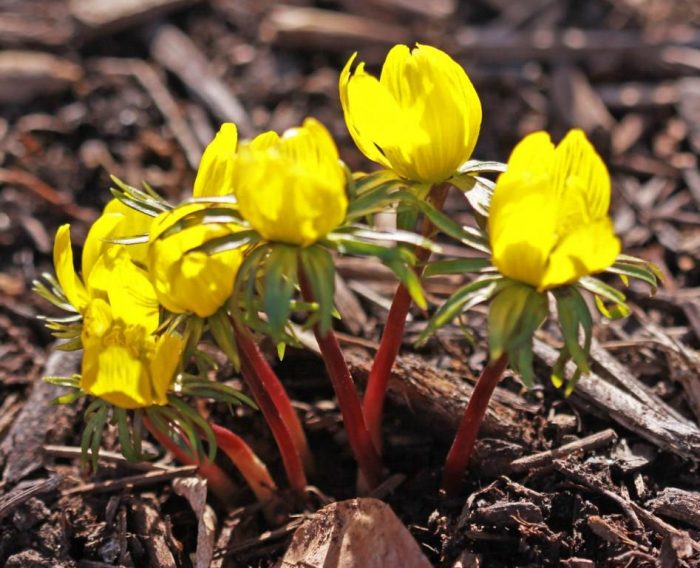
… A plant found in Nepal within the same family is one of the most poisonous plants in the world (Elpel 1998). Wolfsbane gets it’s name for being the poison used to kill carnivores such as, wolves and panthers, in the 18th century (Aggrawal 2009), it was put into raw meat to bait the animals (Blaisdell 1995). Wolfsbane is an alchemy ingredient that can be found rarely in caves and werewolf lairs, but can also be purchased from most herbalists. Commonly found in moist pastures and moist mountainous areas of Europe and Asia. Where can I find Aconitum?Īconitum napellus is an erect, tuberous-rooted perennial which features dense, terminal racemes (to 8″ long) of hooded, deep purplish-blue to violet flowers atop rigid, leafy stems typically growing 2-4′ tall.

Aconitum plants require between 5 days and 250 days to germinate, it is best to start seeds off in a flat against a north facing wall before transplanting. What is this? The soil should be cool and moist with a pH of 5 to 6. If your pet has ingested any part of this plant it should be treated as an emergency. Aconitum plants, commonly known as monkshood or wolfsbane, contain a deadly toxin known as aconitine. If your dog ingests any amount of monkshood contact your veterinarian or the nearest emergency clinic as soon as possible. The oleander, also known as laurel of flower or trinitaria, is a shrub plant (of Mediterranean origin and therefore, resistant to droughts) with intensely green leaves and whose leaves, flowers, stems, branches and seeds are all highly poisonous, hence it is also known as “the most poisonous plant in the world”. After classical Latin thēlyphonon or its etymon Hellenistic Greek θηλυϕόνον, the name of a poisonous plant, lit. Why is it called women's bane?Įarly 17th century earliest use found in Philemon Holland (1552–1637), translator. So do not pick or handle this plant without gloves, especially by the root.
#Where does wolfsbane grow skin#
The neurotoxins, aconitine and mesaconitine can be absorbed through the skin and cause severe respiratory and cardiac problems. What is the most deadliest plant in America?Ĭlosely related to poison hemlock (the plant that famously killed Socrates), water hemlock has been deemed “the most violently toxic plant in North America.” A large wildflower in the carrot family, water hemlock resembles Queen Anne’s lace and is sometimes confused with edible parsnips or celery. Habitat – Northern monkshood is typically found on shaded to partially shaded cliffs, algific talus slopes, or on cool, streamside sites. Range – Northern monkshood has only been found in Iowa, Wisconsin, Ohio, and New York. Perennial monkshood prefers sun, but can tolerate some shade and grows well in USDA plant hardiness zones 3 to 7, where the summer is not too hot. It also goes by Wolfsbane, Wolf’s Bane, Devil’s Helmet Flower and even Queen of Poisons. Is there wolfsbane in the US?Īconitum napellus is the most commonly grown ornamental variety, and Aconitum columbianum is a species found throughout the western half of the United States. These herbaceous perennial plants are chiefly native to the mountainous parts of the Northern Hemisphere in North America, Europe, and Asia growing in the moisture-retentive but well-draining soils of mountain meadows. Last month a family in Andorra suffered severe poisoning, after eating a toxic plant found in the mountains.Īuthorities advised people to have any wild plants or mushrooms picked in the countryside checked before consuming them.40 What is wolfsbane used for in real life? Where does wolfsbane grow in us?

He is out of danger, according to France 3.Ī third person, a 32-year-old fellow hiker to whom the pair had given some of the deadly plant, has been found and taken to hospital for observation, but has shown no signs of poisoning symptoms. The 78-year-old died shortly after eating a meal made using the leaves of the plant, while his companion was taken to hospital in Perpignan for treatment. If eaten, it causes including nausea, vomiting, and diarrhoea - and can lead to hypotension, sinus bradycardia, and ventricular arrhythmias - which can be fatal within two to six hours.

Wolfsbane is a member of the aconite family. The pair picked some deadly wolfsbane while walking in the Canigou massif region, mistaking it for an edible plant known locally as couscouil, which is often used as an ingredient in salads and omelettes.

Authorities have warned against eating wild plants after a 78-year-old hiker died, and his 75-year-old walking companion was taken to hospital after they ate the leaves of a poisonous plant they had collected while walking in the mountains of the Pyrénées-Orientales.


 0 kommentar(er)
0 kommentar(er)
